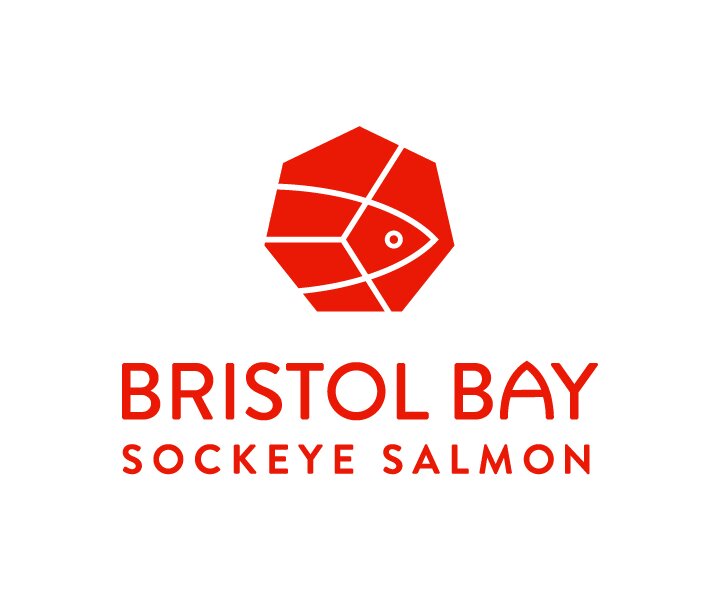EPA Announces Next Steps in Process to Protect Bristol Bay Watershed Under Clean Water Act Authority
/SEATTLE (Nov. 17, 2021) – Today, EPA announced a timeframe for the agency to consider new information available to determine next steps in the Bristol Bay Clean Water Act (CWA) Section 404(c) process for the Pebble Deposit (Pebble Mine) in Southwest Alaska. If a CWA 404(c) determination is finalized, it would help protect waters over the long term that are essential to commercial, subsistence, and recreational fisheries, and other activities that support Alaska Natives and communities in the state.
“The Bristol Bay Watershed supports the largest sockeye salmon fishery in the world and highlights the essential benefits that clean water provides to the environment and to communities across the country,” said EPA Region 10 Acting Regional Administrator Michelle Pirzadeh. “Today’s announcement underscores EPA’s commitment to making science-based decisions to protect our natural environment, prevent pollution, and protect a sustainable future for all Americans.”
On Oct. 29, 2021, the Alaska District court ruled in favor of EPA’s request to remand and vacate the agency’s Aug. 30, 2019 withdrawal of its 2014 Bristol Bay Proposed Determination issued under CWA Section 404(c) (2014 PD). This ruling reinstated the 2014 PD, reinitiated the CWA Section 404(c) process, and triggered regulatory deadlines.
CWA 404(c) regulations require EPA to either withdraw the 2014 PD or prepare a Recommended Determination “within 30 days after the conclusion of the public hearing.” Upon a showing of “good cause,” EPA can extend the regulatory deadline through a notice in the Federal Register. EPA’s Federal Register Notice, announced today, extends this timeline until May 31, 2022. An extension of the regulatory timeline will allow EPA to consider available information, including the substantial volume of new information that has become available since the agency issued the 2014 PD, to determine appropriate next steps in the 404(c) process. EPA will provide notice of any public review and comment opportunity that may be determined to be appropriate as part of next steps in this process.
Background
Bristol Bay supports commercial, subsistence, and recreational fisheries that are worth hundreds of millions of dollars each year and create thousands of jobs. Bristol Bay’s fishery resources have supported a subsistence-based way of life for Alaska Natives for over 4,000 years. The Bristol Bay watershed is an area of exceptional ecological value with salmon fisheries unrivaled anywhere in North America. The region’s streams, wetlands, lakes, and ponds provide essential habitat that support all five species of Pacific salmon found in North America: coho, Chinook, sockeye, chum, and pink. The salmon populations are critical to the health of the entire ecosystem, which is home to more than 20 fish species, 190 bird species, and more than 40 terrestrial mammal species, including bears, moose, and caribou.
The CWA generally requires a Section 404 permit from the U.S. Army Corps of Engineers to authorize a discharge of dredged or fill material into certain streams, wetlands, lakes, and ponds. Section 404 directs EPA to develop the environmental criteria used to make permit decisions. The U.S. Army Corps of Engineers authorizes thousands of Section 404 permits every year, and EPA works with the Corps and developers to resolve environmental concerns so that projects can move forward. Section 404(c) also authorizes EPA to prohibit or restrict fill activities if EPA determines a discharge would have an unacceptable adverse effect on certain resources.
EPA has used its Section 404(c) authority sparingly, issuing final determinations only 13 times in the CWA’s 50-year history. The agency’s use of the authority has typically involved major projects with significant impacts on some of America’s most ecologically valuable waters.
EPA Press Release LINK.




